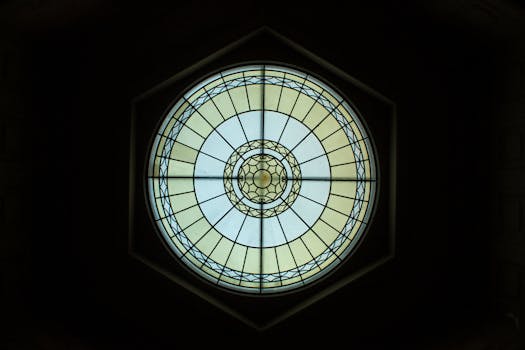
Traveling Through Time: How Europe’s Historical Heritage Shapes Modern Lifestyles in 2025
Traveling Through Time: How Europe’s Historical Heritage Shapes Modern Lifestyles in 2025. Europe, a continent steeped in history and tradition, has a unique ability to blend the old with the new. From the crumbling ruins of ancient civilizations to the vibrant streets of modern cities, Europe’s historical heritage continues to shape modern lifestyles in profound ways. In this article, we’ll explore the many ways in which Europe’s rich cultural legacy is influencing contemporary life, from architecture to art, cuisine, and beyond.
Architecture: A Blend of Old and New
One of the most striking examples of Europe’s historical heritage can be seen in its architecture. From the Gothic spires of Notre Dame to the Baroque grandeur of St. Peter’s Basilica, Europe’s buildings are a testament to the continent’s rich cultural past. However, these historic structures are not simply relics of a bygone era; they continue to play an active role in shaping modern lifestyles. Many of Europe’s cities, such as Paris, Rome, and Barcelona, have incorporated their historical landmarks into modern urban planning, creating unique and dynamic cityscapes that blend the old with the new.
Art and Culture: A Legacy of Creativity
Europe’s historical heritage has also had a profound impact on the continent’s art and culture. From the masterpieces of Renaissance painters like Leonardo da Vinci and Michelangelo to the modern works of artists like Picasso and Dalí, Europe has long been a hub of creative expression. Today, this legacy continues to inspire artists, writers, and musicians, with many contemporary creatives drawing on Europe’s rich cultural heritage for inspiration. Whether it’s the street performers of Berlin, the galleries of London, or the fashion designers of Milan, Europe’s art and culture scene is a vibrant and dynamic reflection of the continent’s historical heritage.
Cuisine: A Taste of Tradition
Europe’s historical heritage is also evident in its cuisine, with many traditional dishes and ingredients continuing to play a major role in modern cooking. From the pasta dishes of Italy to the tapas of Spain, and from the beer halls of Germany to the bistros of France, Europe’s food culture is a delicious reflection of the continent’s cultural diversity. Whether it’s a hearty plate of fish and chips in the UK, a steaming bowl of bouillabaisse in France, or a rich serving of paella in Spain, Europe’s cuisine is a culinary journey through time, with each dish telling a story of the continent’s history and cultural heritage.
Modern Lifestyles: A Balance of Tradition and Innovation
So, how does Europe’s historical heritage shape modern lifestyles in 2025? The answer lies in the continent’s unique ability to balance tradition and innovation. While Europe’s cities are home to some of the world’s most cutting-edge technology and innovative design, they are also deeply rooted in tradition and history. This blend of old and new creates a unique and dynamic lifestyle that is both firmly grounded in the past and boldly looking to the future. Whether it’s the historic city centers, the modern art scenes, or the traditional cuisine, Europe’s historical heritage is an integral part of modern life, shaping the way people live, work, and interact with one another.





